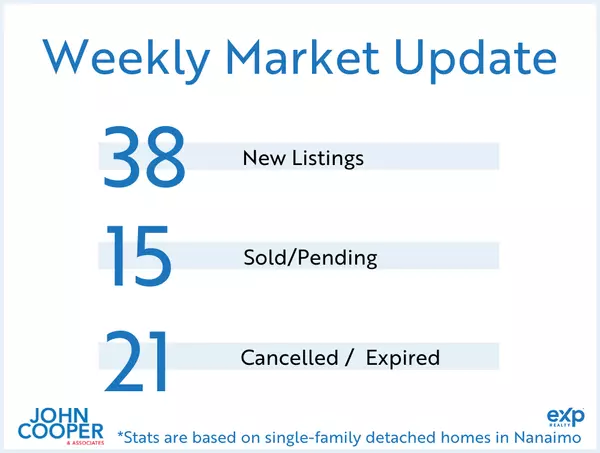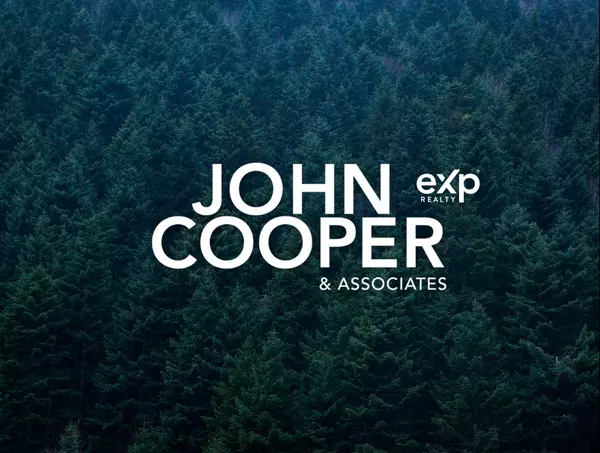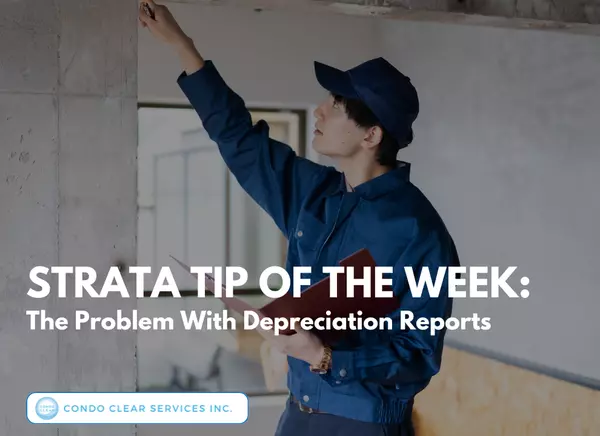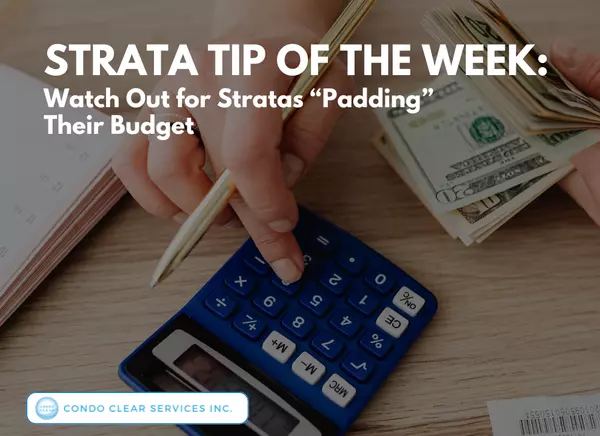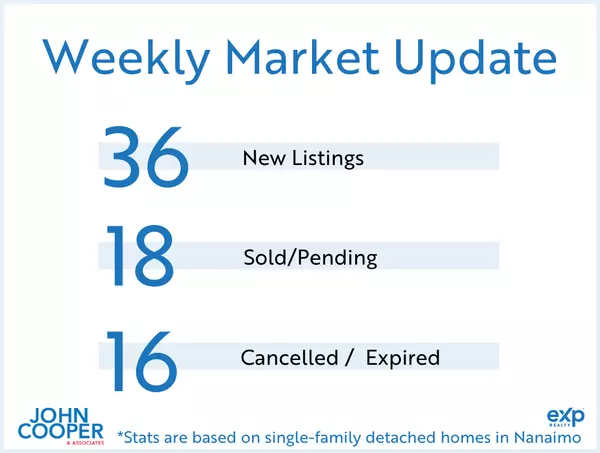While both Depreciation Reports (also known as Reserve Fund Studies) and Building Envelope Condition Assessment Reports (often abbreviated as “BECA”) can provide valuable information when evaluating a strata corporation, the primary differences between the two lie in their focus and scope of evaluation.
Before we review the general differences between the two types of reports, it’s important to note that:
A. While strata corporations with 5 or more strata lots are legally required to obtain a new depreciation report every 5 years, there is no legal requirement for stratas to obtain a BECA.
B. While a BECA is meant to provide a thorough analysis of the condition of building envelope components, as well as cost estimates for repair and/or replacement of these, a depreciation report is primarily a financial planning tool based on a limited evaluation. In other words, the depreciation report doesn’t usually provide a comprehensive review of the condition of the building, and the estimates are primarily based on the average lifespans of various components.
C. Lastly, just because a strata has obtained a BECA, it cannot ignore its legal requirement to obtain a depreciation report.
Many strata corporations will nonetheless often obtain BECA reports, in addition to depreciation reports, in order to more thoroughly evaluate the components that make up the building envelope.
So, here are some of the general differences between the two types of reports:
1. Depreciation Reports:
-
Are a requirement under the Strata Property Act.
-
Focus on long-term financial planning and sustainability of the strata corporation.
-
Assess the expected lifespan and projected costs of major building components and systems that make up the common property and common assets.
-
Cover a wide range of components, including the building envelope, plumbing, electrical systems, elevators, flooring, building membrane, landscaping and more.
-
Estimate future repair, maintenance, and replacement costs over a 30 year timeframe.
-
Aim to assist the strata corporations in planning for adequate funding through its contingency reserve fund.
-
Must include, among other items, a physical component inventory and evaluation, as well as a financial analysis and forecasting section.
2. Building Envelope Condition Assessment (BECA) Reports:
-
Are most often obtained by strata corporations on an as-needed basis.
-
Specifically focus on evaluating the condition and performance of the building envelope, which is the outer shell of a building that separates the interior and exterior environments.
-
Concentrate on components such as walls, roofs, windows, doors, cladding and waterproofing systems.
-
Identify existing defects, deficiencies, or deterioration that may affect the integrity, energy efficiency and water tightness of the building.
-
Often provide recommendations and cost estimates for repairs, maintenance, or upgrades related to the building envelope.
When assisting consumers in evaluating a strata corporation, it’s important to obtain and review copies of both the latest depreciation report and building envelope condition assessment report (BECA), if available. This will enable your buyers to make a more informed decision about their purchase.

